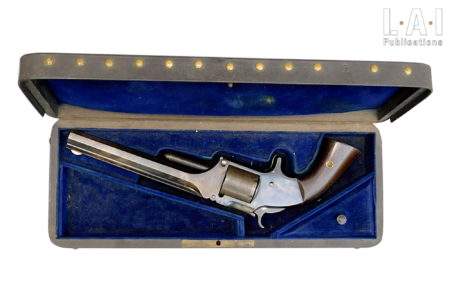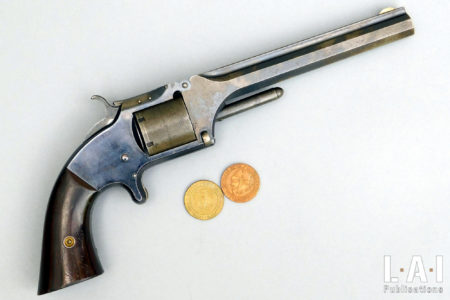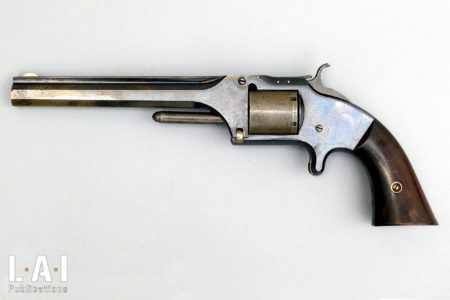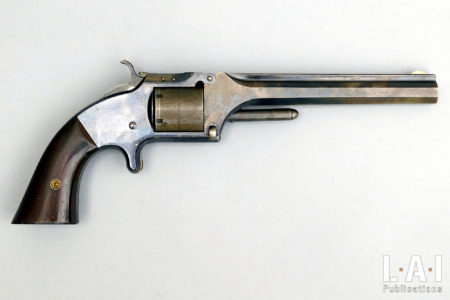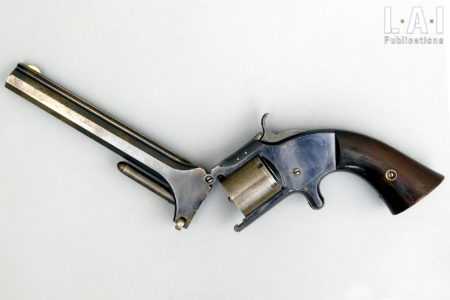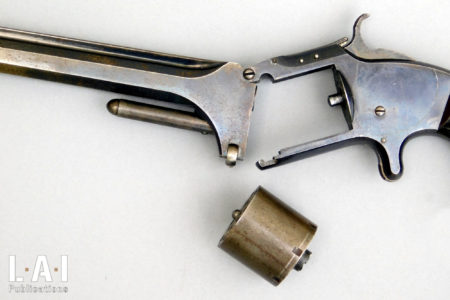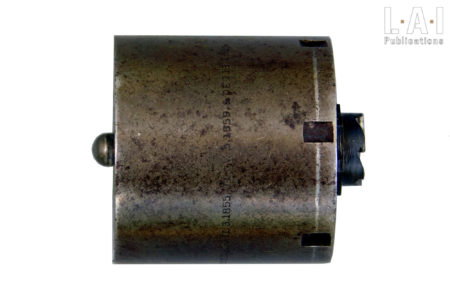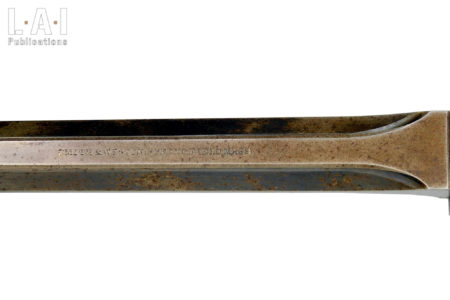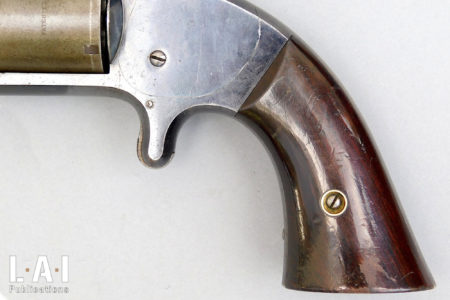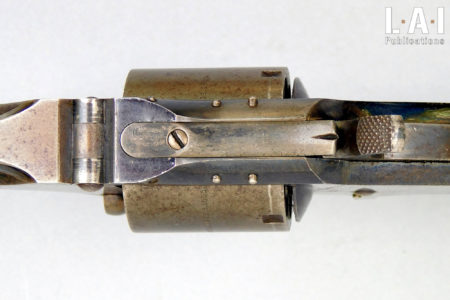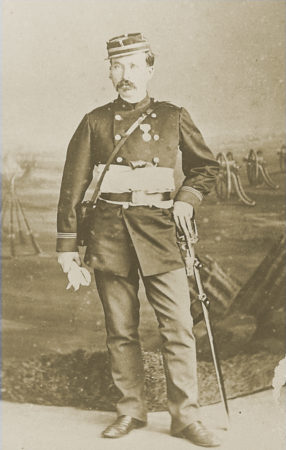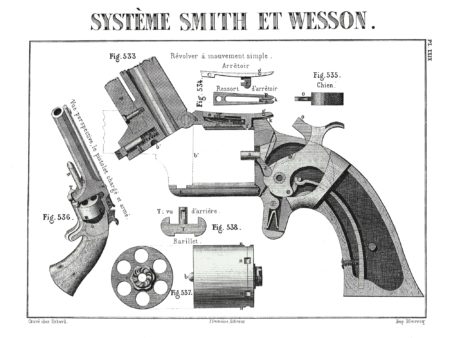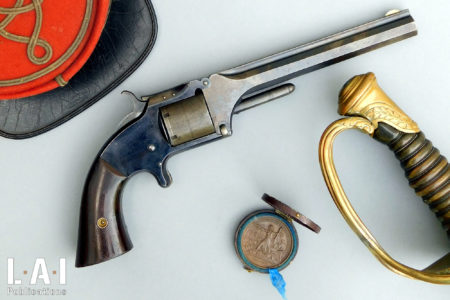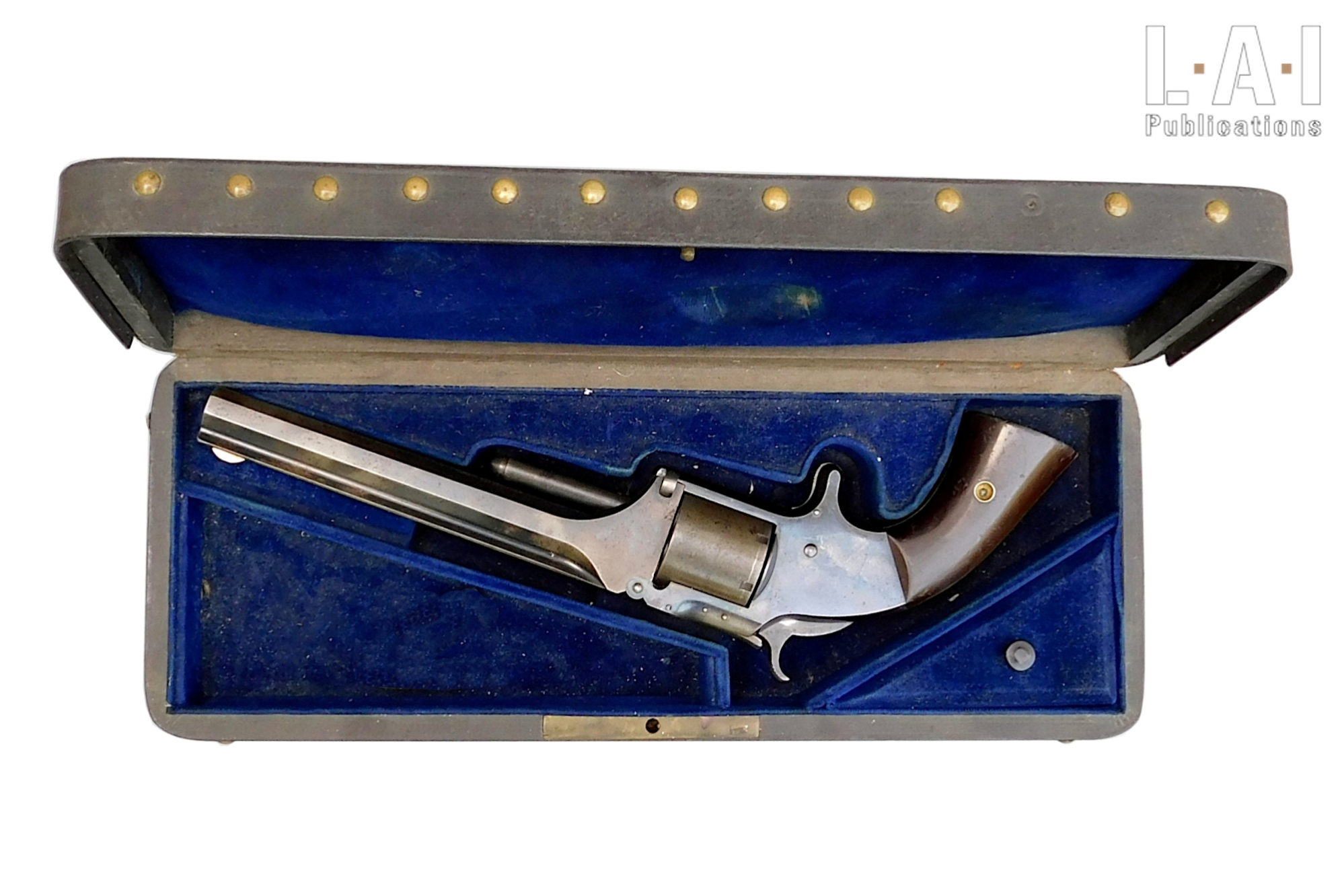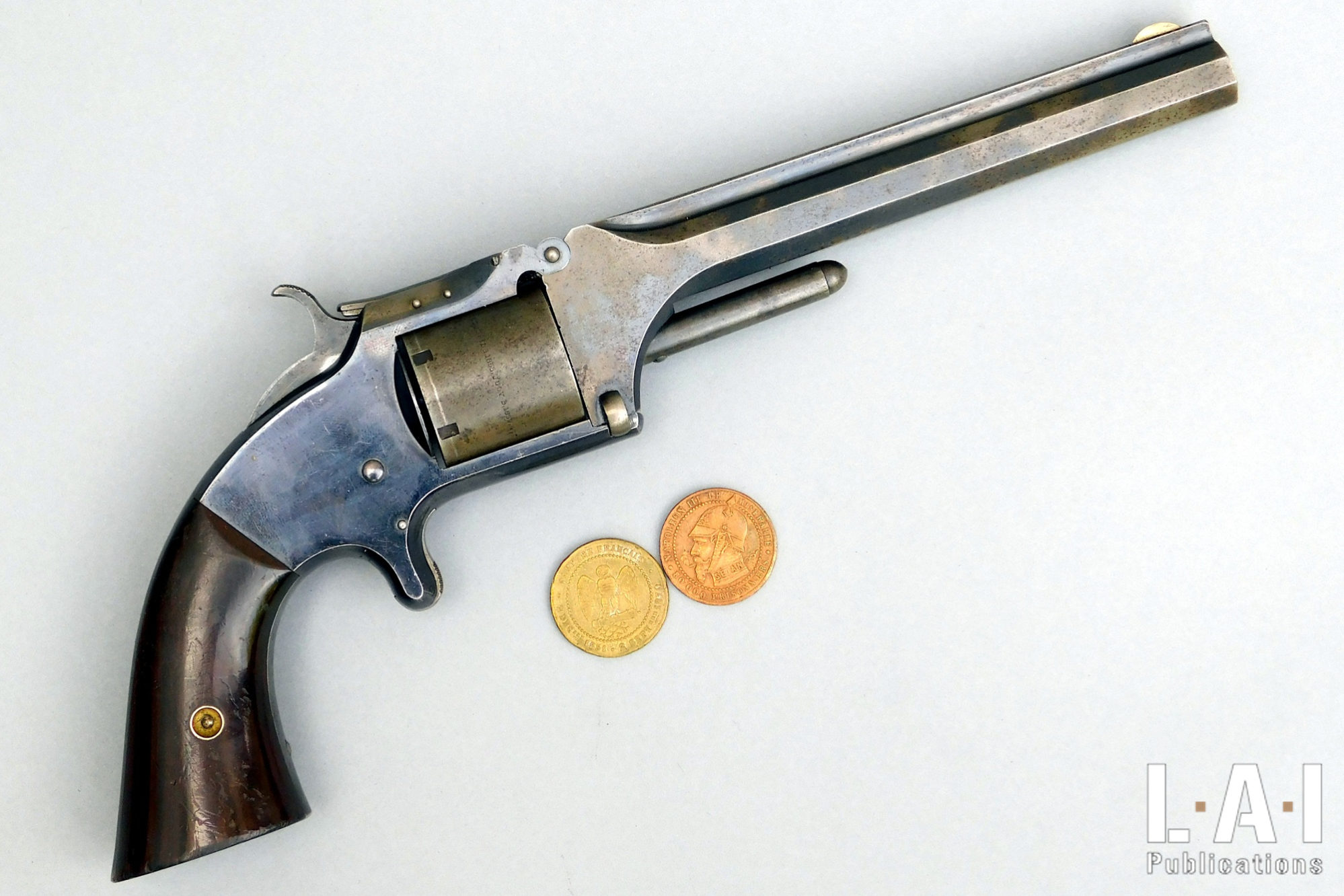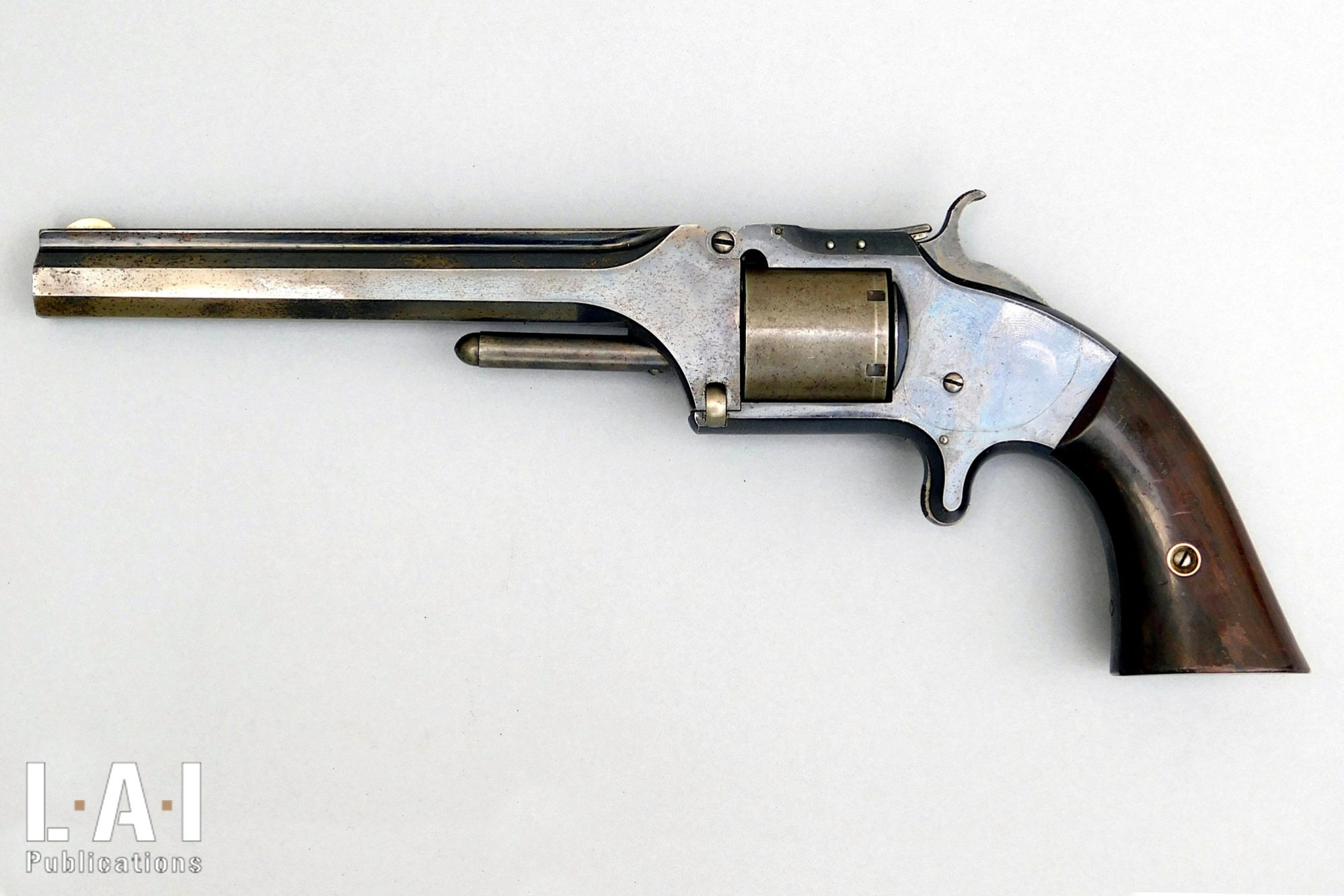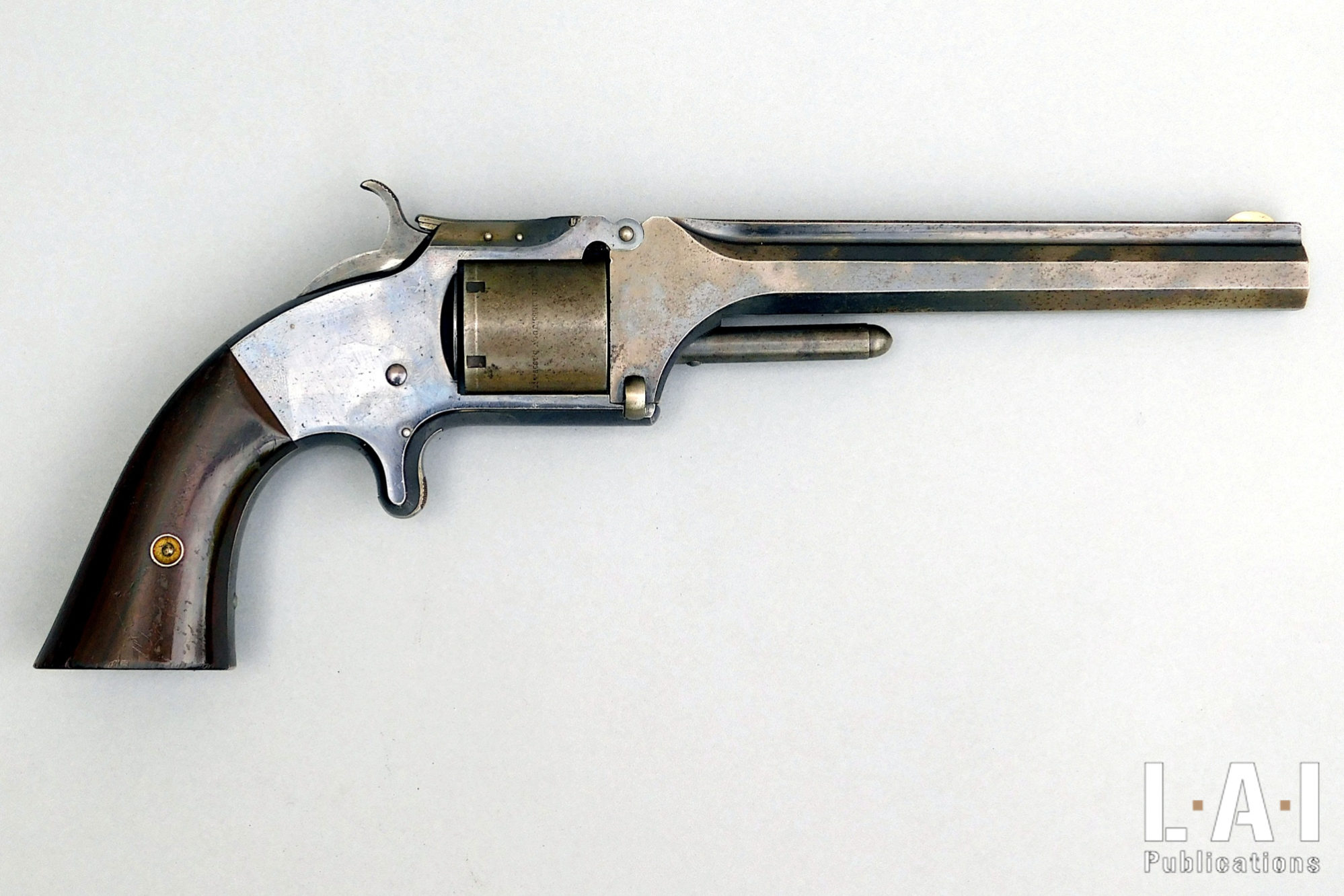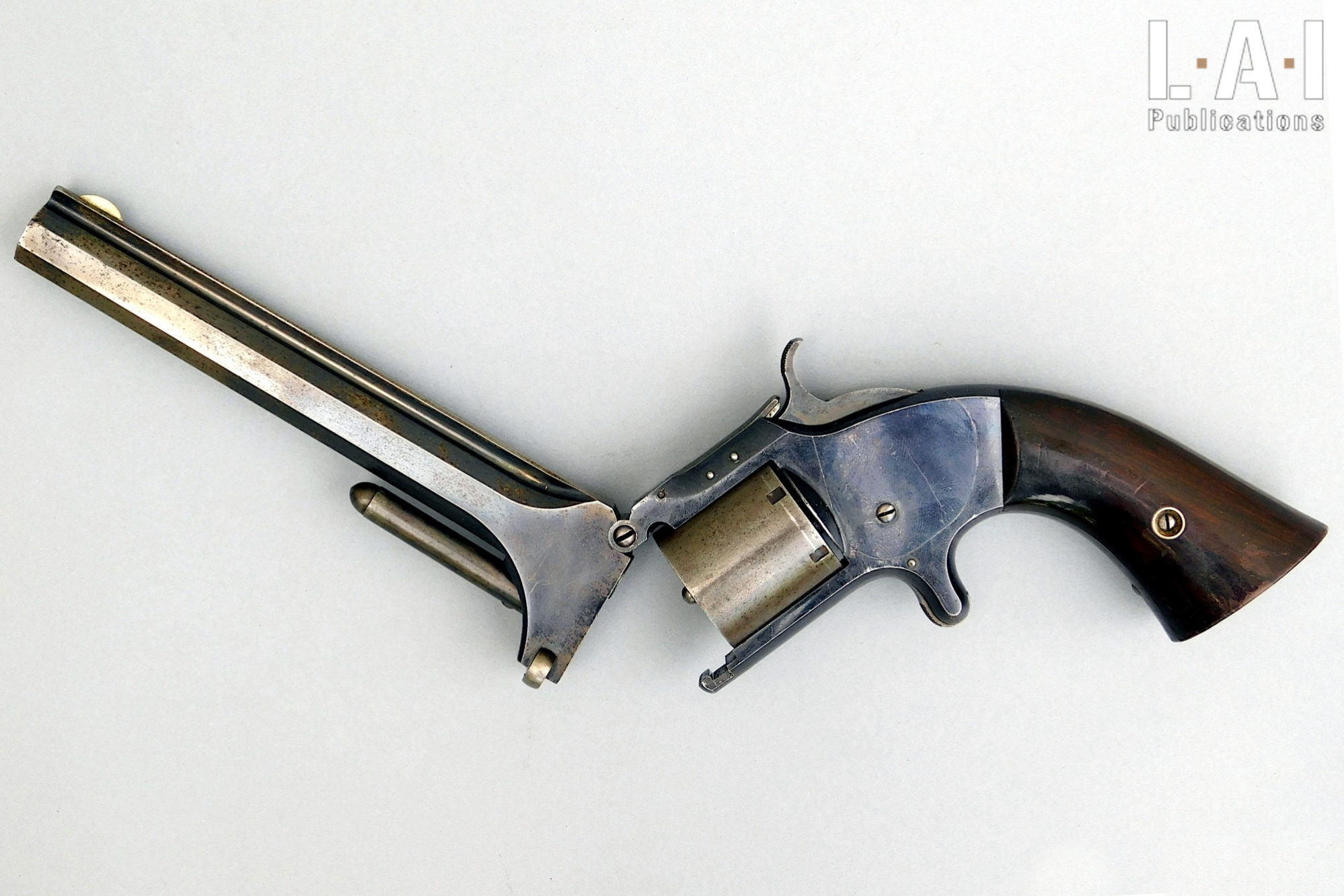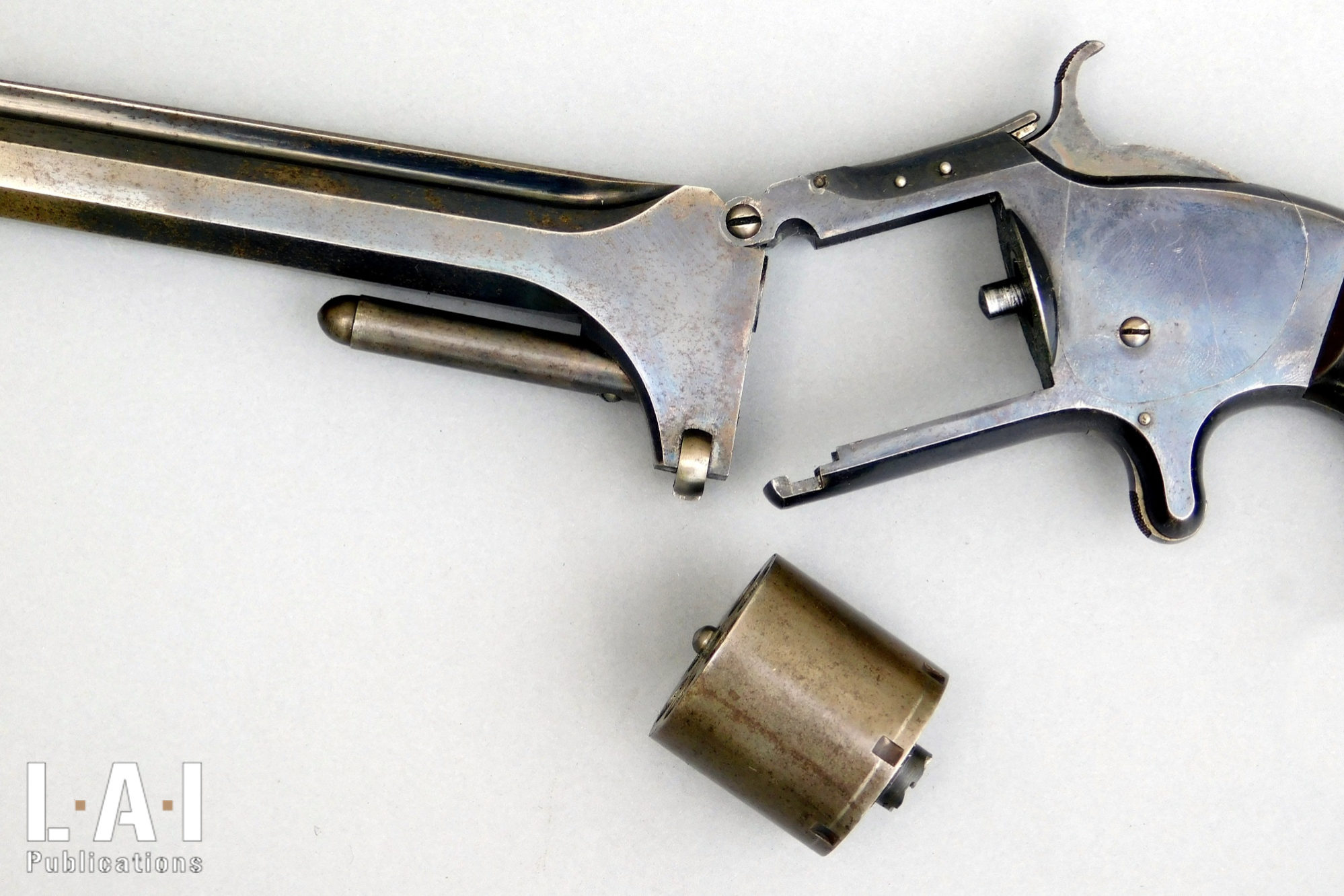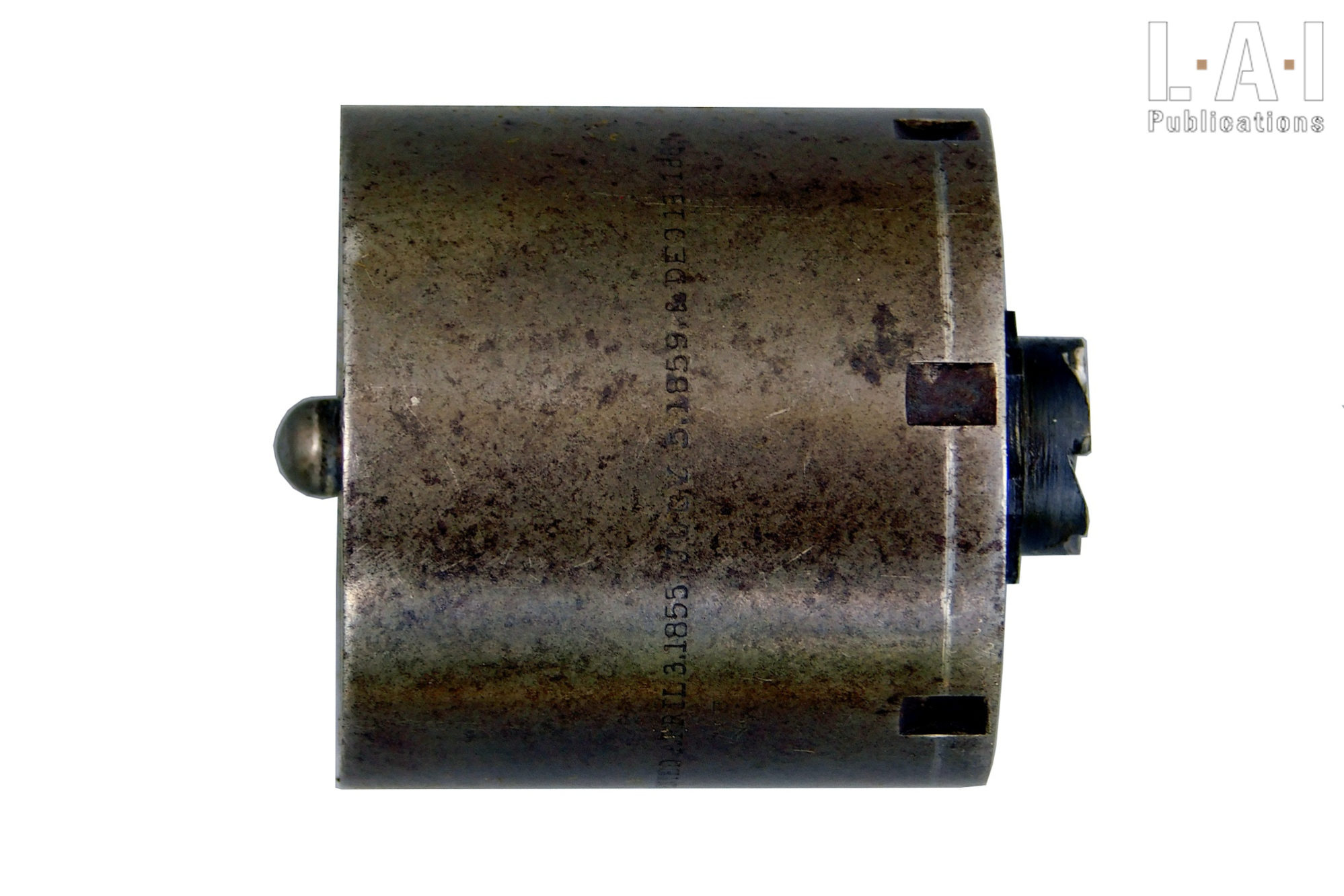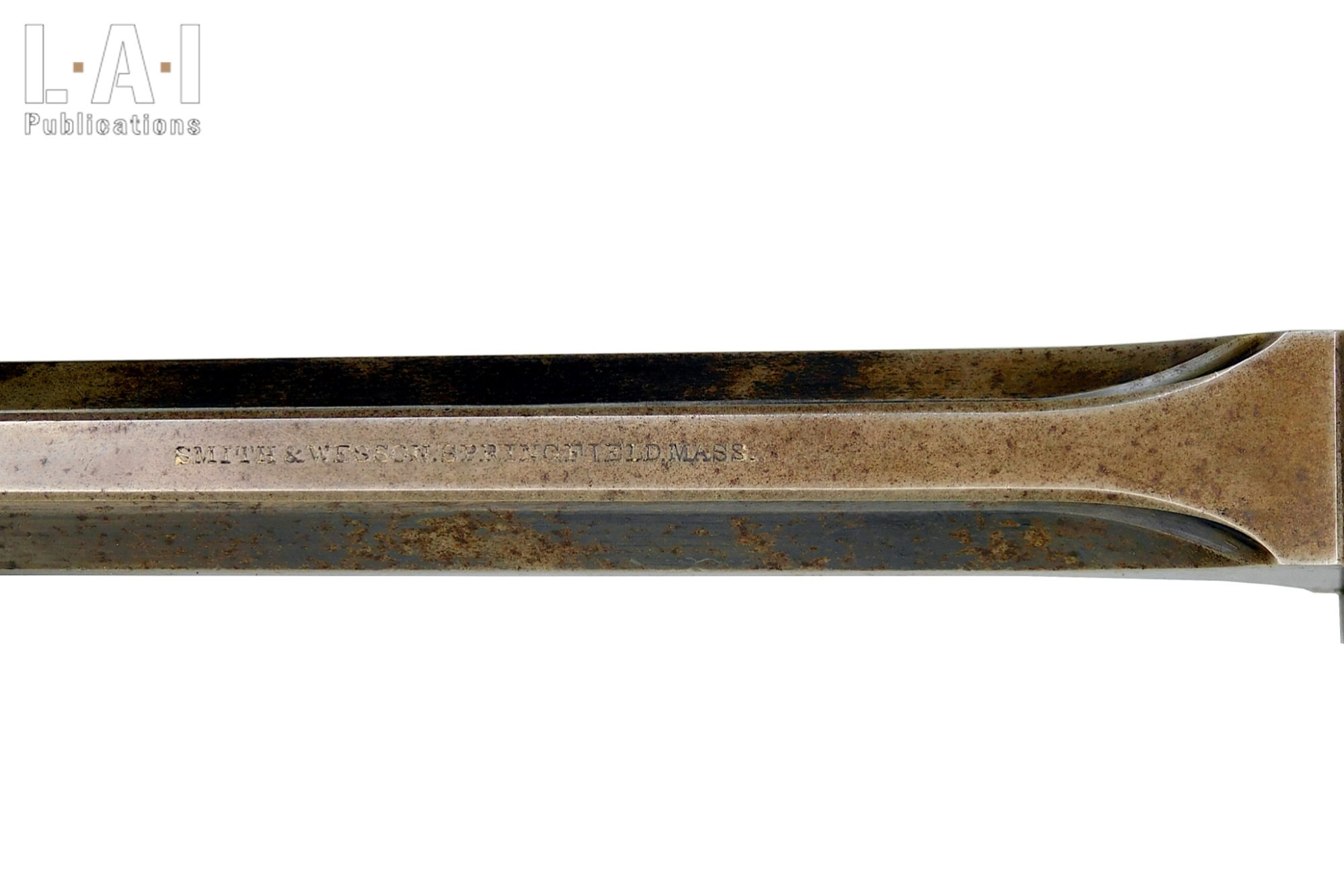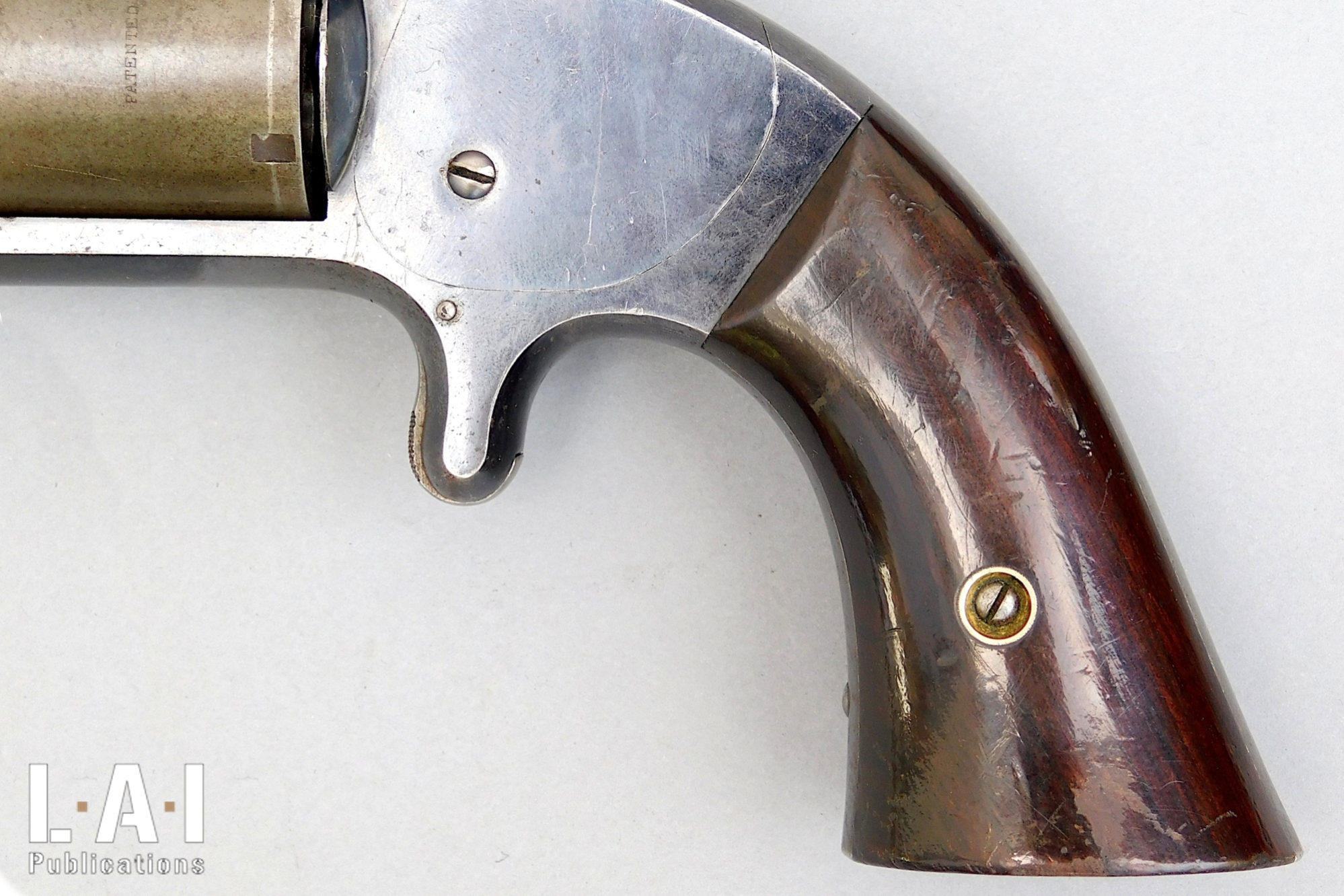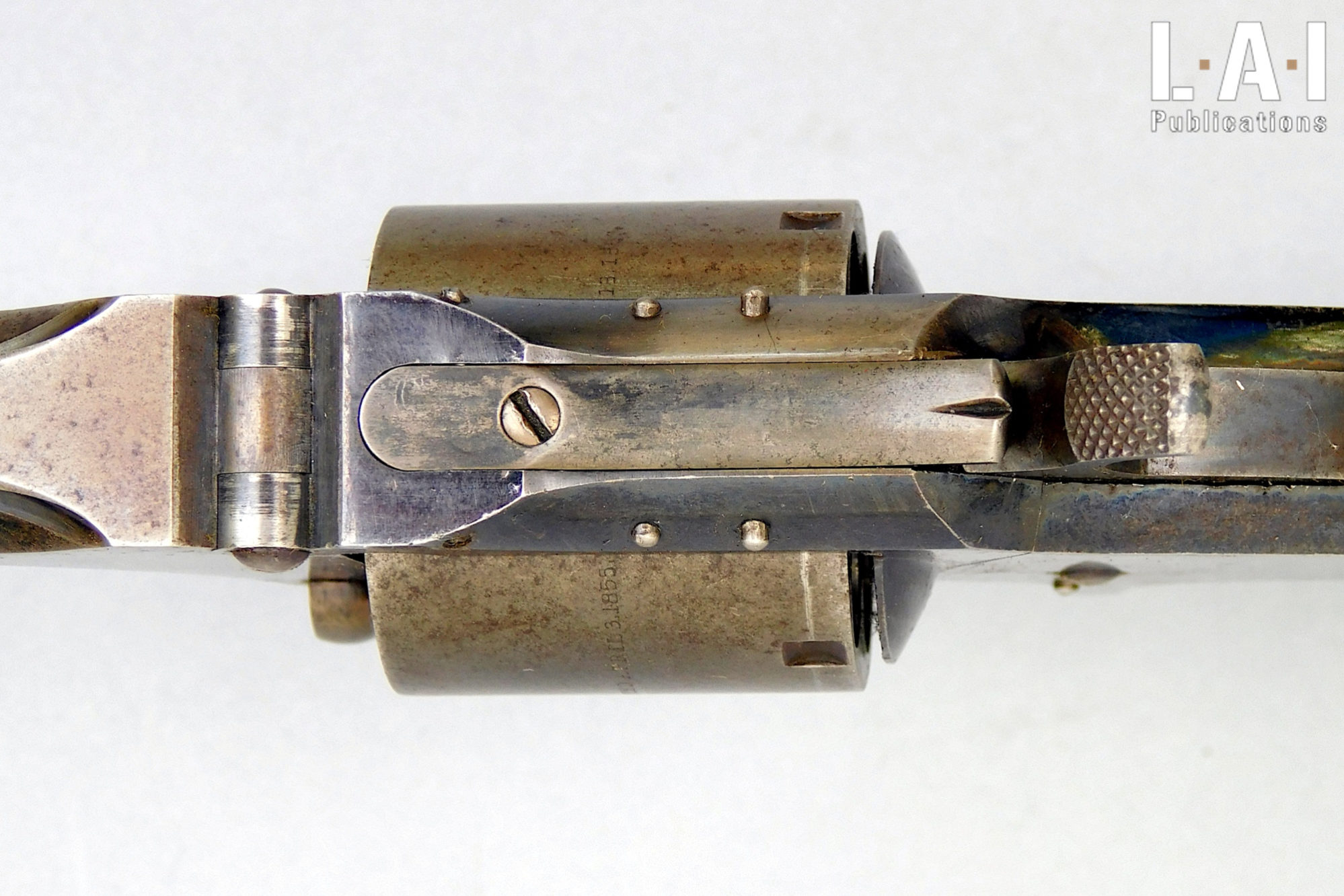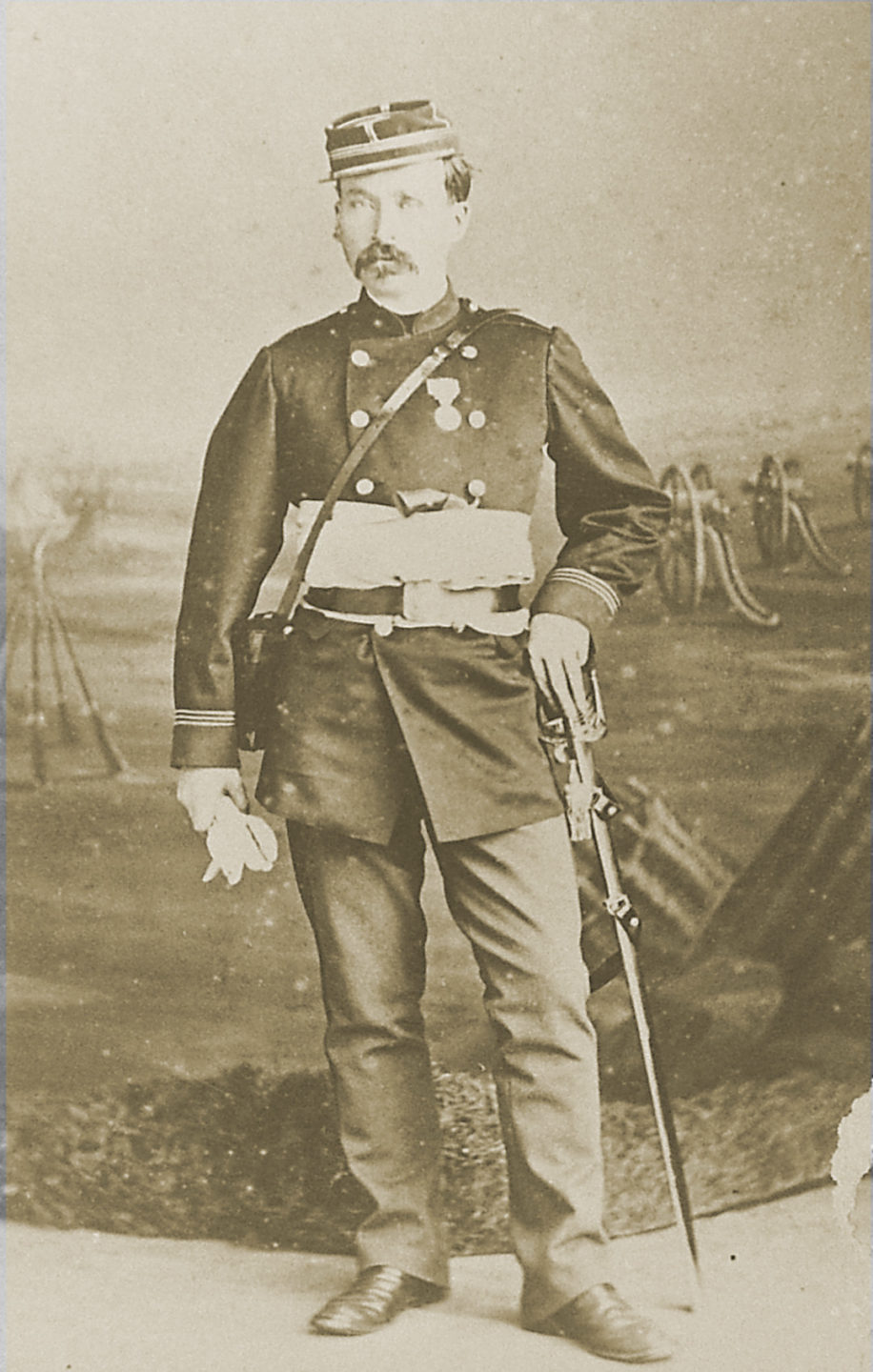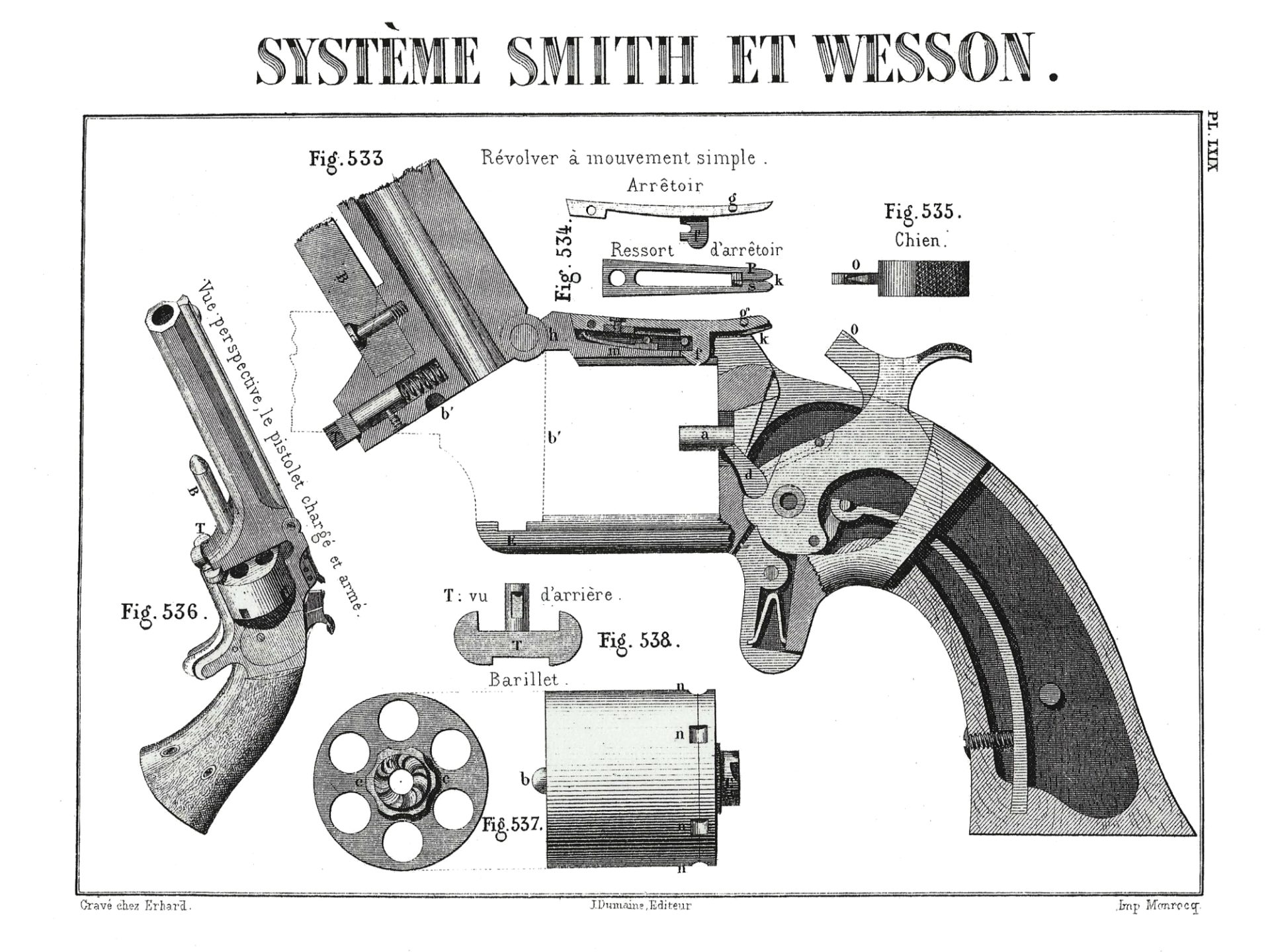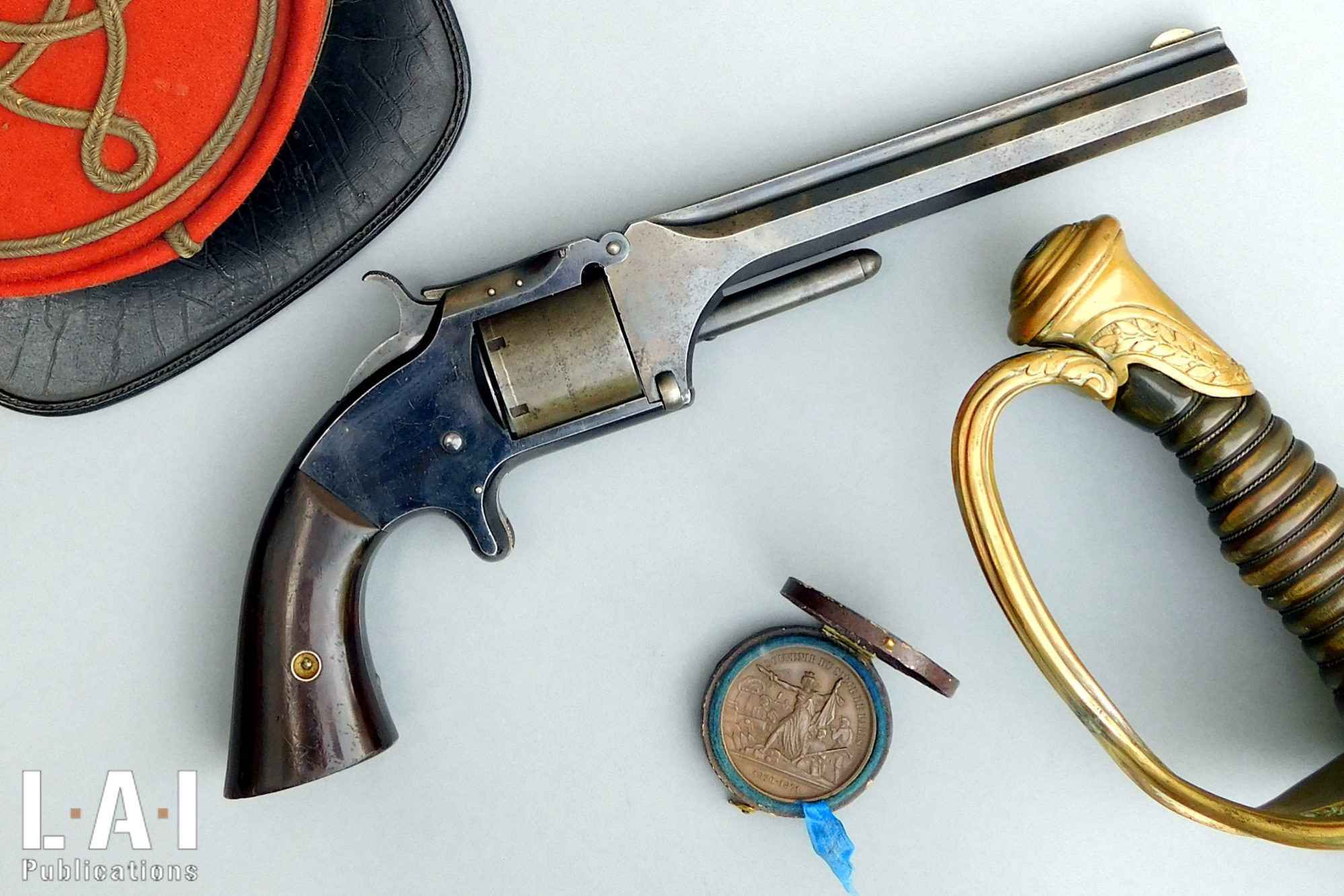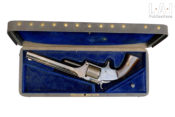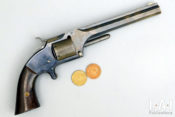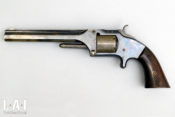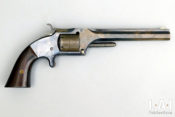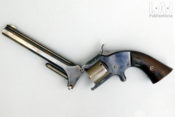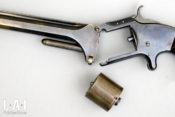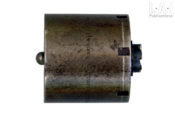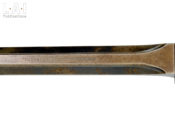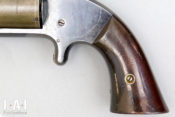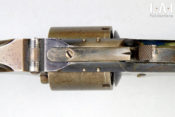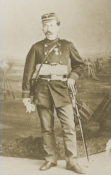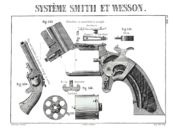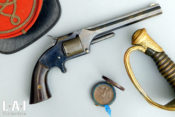Smith & Wesson for the Government of National Defense

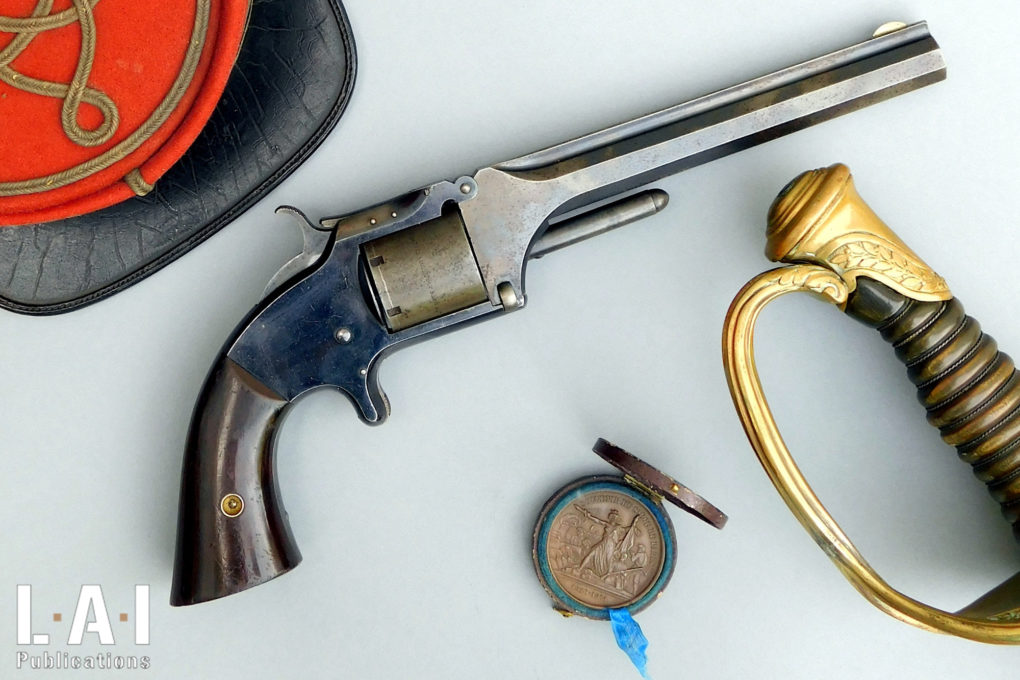
On July 18th, 1870, on the eve of the outbreak of the Franco-Prussian War, the Paris agency of the C.W. MAY C° company of New York ordered 1,000 revolvers No. 2 from Smith & Wesson. A huge order, but the circumstances are favorable to the businessmen. The war would begin the next day and the French army did not have a modern handgun to equip its fighters.
When it took power a few weeks later after the fall of the Second Empire, the Government of National Defense had to import a considerable quantity of small arms from abroad. The country was bled dry, weapons were lacking, and the factories alone could not provide the weapons intended to equip the troops raised in the provinces.
Most of these weapons arrived by sea, from England and the United States, transported by ships that brought in France thousands of rifles, carabiners, and revolvers. Colt, Starr and Remington revolvers for the most part but also a few thousand Smith & Wesson No. 2.
Twelve years after the adoption of the Lefaucheux revolver by the Royal (name given to the French navy), the French army still used percussion weapons. It had tested several models of revolvers, but no weapon had found favor in her eyes, neither the Eyraud revolver, nor the Chamelot-Delvigne revolver, nor the Galand, nor the Italian Guerriero with tilting barrel.
In 1870, a few hundred Perrins were in endowment in the corps when hostilities began. The choice stopped on this model a few months earlier, but due to lack of time the weapon could not be put into manufacture in the factories of the State.
Consequently, faced with the urgency of the situation, on July 30th, 1870, the Emperor allocated to each officer of the Army of the Rhine the sum of 60 Francs so that he could acquire revolver and ammunition. For the rest, with the exception of some officers who were able to buy weapons on their pay, the whole army went on the campaign with pistols whose design were outdated since forty good years. This survival of percussion guns in corps was considered an incongruity by most soldiers, and horsemen in particular who did not hesitate to say out loud that “The pistol lost among other irons, under the package is of no resource…”
It was very rare to see these weapons distinguished themselves in combat, only the report of Captain Frédéric Nicolas Oster, commander of a battery at Gravelotte, evokes the use of this weapon by one of its crew who used his pistol during the action, and managed to shoot down a lieutenant of Guards Cuirassiers.
Revolvers for France
At the end of 1870, the fate of the pistols was definitively settled, and revolvers were bought by the Government of National Defense for the army. The sources of supply were very varied, which explains the diversity of models used in the field. Most of the weapons available on the domestic market had already been purchased by officers, and Belgium delivered through the back door everything it could ship on French territory. But the bulk of the National Defense’s handguns came from the United States, shipped by Steamers from New York, where Remington managed to collect 73,060 revolvers and 14,879,246 rounds of ammunition for the French. Most of these weapons are percussion cap revolvers, surplus from the American Civil War, bought from the federal government by New York wholesalers. In the crates from the USA. these weapons were next to several thousand weapons with metal cartridges, Remington with interchangeable cylinders for the most part, and some 3,167 Smith & Wesson No. 2.
The first Smith & Wesson, 2,000 in total, arrived in Brest on October 17th, 1870. Embarked in New York on the ship of the line Ville de Paris, they were quickly distributed, and a second delivery of 900 No. 2 revolvers was disembarked from the liner Lafayette on November 30th, 1870.
On January 3rd, 1871, 199 additional revolvers were unloaded at Brest, probably from the Concordia, the first steamer in a flotilla of four ships chartered directly by Remington.
The Smith & Wesson N°2
Created in 1861, on the eve of the American Civil War, this hugely successful weapon was produced in a few years to 77,155 copies.
The idea of a large-calibre weapon, developed from the firm’s No. 1 revolver, had already been in the air for a long time at Smith & Wesson, but the difficulties encountered during the development of cartridges slowed its development. Mastery of rimfire ammunition manufacturing was far from perfect with .22 cartridges, the priming powder sometimes spilled into the case, causing multiple shooting incidents.
Daniel B. Wesson found the solution in 1860, by rotating the case during priming, in order to evenly distribute the mercury fulminate in the rim, under the effect of centrifugal force. Still, there was the recoil problem, which often crushed the case head, prohibiting the free rotation of the cylinder. A reinforced shield, patented in 1859, was the solution to this problem.
These various improvements to the design of the weapon and the production of ammunition allowed Smith and Wesson to finally consider the creation of a “big” caliber weapon.
Launched at the beginning of the American Civil War, under the name No. 2 Army, this new revolver retains the general appearance of the weapons that preceded it. The number is linked to the name of the new .32 caliber cartridge and the reference to the army is a clear signal to the military, which Smith & Wesson thought may be interested in their revolver.
Chambered for the .32 RF cartridge, this revolver works in single action, and has a capacity of six shots. The cylinder is drilled throughout, protected by the Rollin White patent and is locked by a leaf-spring, positioned at the top of the frame. The octagonal barrel, five or six inches long, is surmounted by a band, on which is placed a brass front sight half-moon shaped blade. This front sight fits backwards in a V-shaped notch, cut on the spring of the cylinder stopper. The grips are made of rosewood, fixed by a transverse screw taken from two brass ferrules.
The revolver N°2 belongs to the “Tip up” generation, it opens upwards, when pressing the lock placed under the front-lower part of the frame. This operation requires the use of both hands, and the cylinder must be removed, for loading and unloading operations.
290 mm long and weighing 660 grams, the Smith & Wesson N°2 would have some variants during production. On the first weapons the bifid blade that acts as a cylinder stopper is held by two pins (these weapons exist only in 5 and 6 inches). After a first batch of 3,000 copies, the No. 2 would be reinforced and equipped with a third pin (these weapons exist in 4, 5 and 6 inches).
Markings
The cylinder stop displays the name and location of the manufacturer in a single lane:
SMITH & WESSON SPRINGFIELD MASS.
The markings on the perimeter of the cylinder recall the various patents used for the design of the N°2 revolver:
PATENTED APRIL 3. 1855 JULY 5. 1859 & DEC 18. 1860
The serial number is struck under the butt heel and on one of the grips; an assembly number is affixed to the front and back of the cylinder, to the rear of the barrel block and almost always to the handle frame.
Ammunition
The weapon chambers the S&W N°2 .32 caliber cartridge. A rimfire cartridge with a red copper case, loaded with 0.80 grams of black powder and topped with a cylindrical-ogival lead bullet weighing 5.4 grams.
The Government of National Defense S&W revolvers
There are no known documents on the use of the S&W No. 2 in France during the War of 1870. But the iconography of the time presents some officers wearing weapons of this type on their belts. The war archives also hold a number of reports drawn up at the end of the conflict by infantry and cavalry officers questioned about handguns used during the war.
The revolvers with metal cartridges most used in combat by the French military were the revolvers Lefaucheux, Galand, Tranter, Perrin, Spirlet and Smith & Wesson. In their reports written in 1871, two officers, Lieutenant-Colonel Croux and Captain Reste give us some of their thoughts on the latter’s use: “This revolver has all the guarantees that must be desired. It is a simple movement, an indispensable condition for a weapon of war… Its strength is sufficient and its weight is not considerable. The shape and dimensions of the butt are such that it is perfectly in the hand and no hand movement is necessary to hold it.”
These two officers, who were able to appreciate the advantages and disadvantages of No. 2, criticized it only for its loading operation, which forced the user to remove the cylinder to load and unload the revolver, and the narrowness of its focus.
Reading these documents one can be surprised by their enthusiasm for Smith & Wesson No. 2, an enthusiasm tinged with a certain complacency. But for these officers who went to war under the Empire with old percussion cap pistols, the purchase of modern revolvers by the Government of National Defense represented, in the first months of 1871, a small glimmer of hope in the grayness of a foretold defeat.
Between April 12th and May 26th, 1871, the last Smith & Wesson transported to France, 68 in total, were delivered to the Bordeaux arsenal by the Ministry of the Interior. Arrived from America after the end of the conflict, these weapons never entered endowment.
Text and pictures by Jean-Pierre Bastié
This is free access work: the only way to support us is to share this content and subscribe. In addition to a full access to our production, subscription is a wonderful way to support our approach, from enthusiasts to enthusiasts!
Sources :
S.H.A.T. in Vincennes
“Le Smith & Wesson N°3” by Jean-Pierre Bastié and Daniel Casanova, FG/Crépin-Leblond editions 1989
“The War of 70” by F. Roth
1870 Cartes de route by Paul Déroulède, Paris 1907
Rapport sur les dépenses de la mobilisation des gardes nationales, par H. Durangel, Paris 1877
Report made on behalf of the commission of inquiry into the acts of the government of National Defence, Versailles 1873
Specifications
Manufacturer: Smith & Wesson Springfield Mass. U.S.A
Model: N° 2 Army
Type: Rimfire revolver
Operating system: Single action
Caliber: .32 (8 mm)Capacity: 6 shots Total length: 290 mm
Barrel length: 4, 5 and 6 inches (10.16 cm, 12.7 cm and 15.24 cm)
Weight: 660 grams
Finish: Blued, smooth rosewood grips.


